One of my favorite self-care activities that I started this past year is an art journal. I’ve always been a big fan of journaling since it is a safe space to express my thoughts, feelings, and emotions. Art journaling is the next step since it can be a wonderful way to tap into your creativity and explore your emotions. Not only is creating art a form of self-expression, but it can also serve as a form of therapy for your emotional and mental health. Since art journaling has been so effective in helping me manage my stress, I want to share some art journal therapy ideas with you, as well as provide tips and journal prompts to help get you started.
What is art therapy?
First and foremost, art therapy is a form of therapy that uses the creative process of making art to improve emotional and mental well-being.
Since I am a licensed mental health provider, I teach my clients journaling as a therapeutic tool since it is based on the idea that the creative process involved in artistic self-expression helps you resolve conflicts, reduce stress, and increase self-awareness.
By starting an art journal, you can explore your emotions and feelings through the medium of art, and gain a deeper understanding of yourself and your emotional landscape.
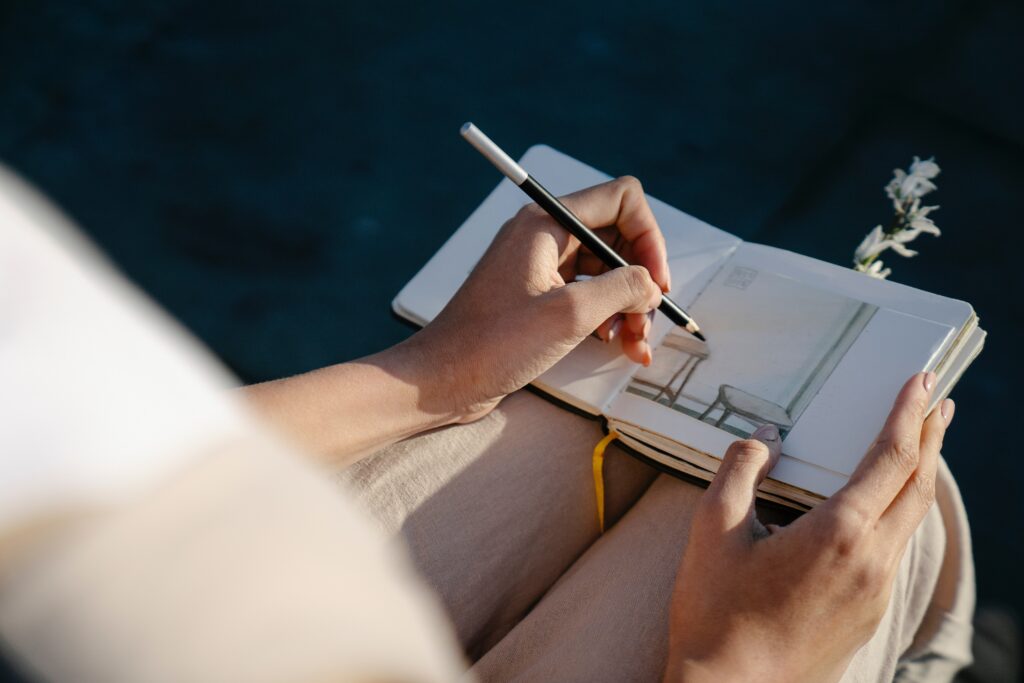
When you write or use art in your journal, it helps you externalize the problems you are facing in your life, rather than internalize them.
In addition, your art journal helps you gain perspective and clarity on a difficult situation.
So instead of ruminating or perseverating about something that is bothering you, you can express it in your art journal and then walk away.
This helps you know that the issue is not going to take up precious real estate on your mind anymore!
How does art journaling work?
Art journaling is a form of self-expression that combines writing and art-making to help you explore your emotions, thoughts, and experiences.
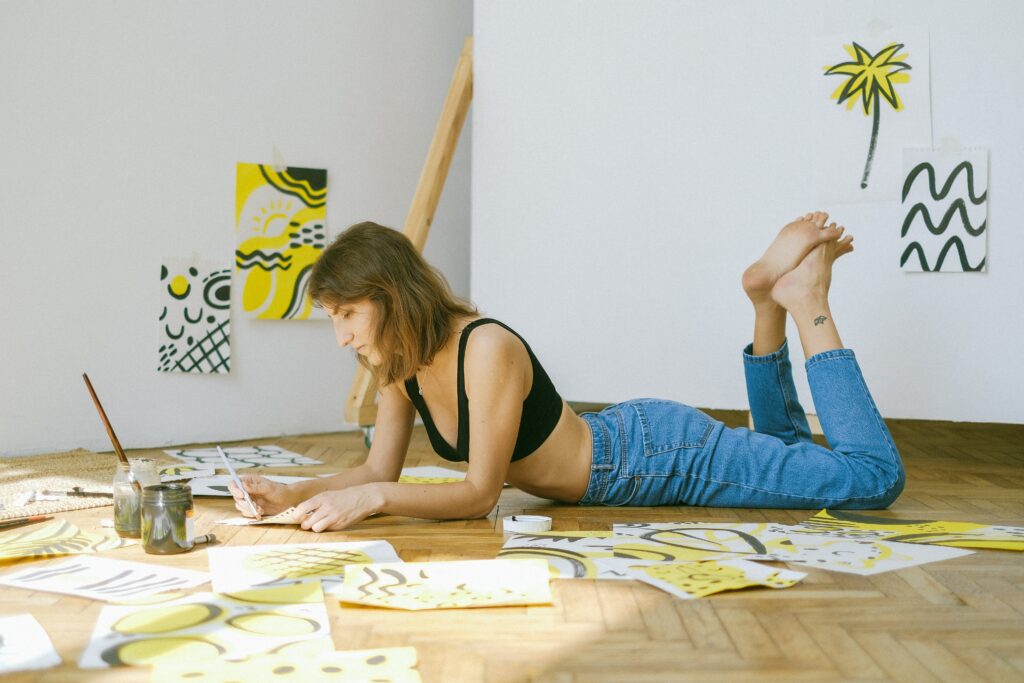
The process is fairly simple.
Art journaling involves creating a visual representation of what is going on inside your mind and body and then writing about it.
“Expressive art therapy integrates all of the arts in a safe, non-judgmental setting to facilitate personal growth and healing. To use the arts expressively means going into our inner realms to discover feelings and to express them through visual art, movement, sound, writing or drama. This process fosters release, self-understanding, insight and awakens creativity and transpersonal states of consciousness.”
Natalie Rogers
Most importantly, art journaling works by allowing you to explore your emotions and experiences in a creative and therapeutic way, thereby helping to promote your emotional and mental well-being.
6 Benefits of using an art journal for therapy
One of the most significant benefits of starting an art journal is that it allows you to express yourself in a way that may not be possible through traditional forms of writing.
1. Improvement in mental and emotional health
While journaling is a powerful tool for emotional and mental health, it can be difficult to put our thoughts and feelings into words.
Art journaling allows you to bypass the need for words and instead express yourself through visual means.
2. Process your emotions without words
The act of creating art is a form of self-expression that can help you process your emotions and experiences that may be difficult to put into words.
3. Promotes self-care, relaxation, and less stress
Remember how relaxed you felt as a child after you were allowed to finger paint?
Well, creating art is a therapeutic form of self-care because it helps reduce your stress and promote relaxation.
4. Increased self-discovery
In addition to the therapeutic benefits of art journaling, it can also serve as a tool for self-discovery.

By experimenting with different art materials and techniques, you can discover new ways of expressing yourself and uncover hidden talents.
5. Become more mindful
Creating art can also be a form of mindfulness, helping you to stay present in the moment and focus on the task at hand.
6. Understand the patterns in your life
The visual component of art journaling helps you gain a deeper understanding of your thoughts and emotions.
When you see your feelings and experiences represented visually, it can help you identify patterns and themes in your thoughts and behaviors that you may not have been aware of before.
Now let’s get started: Art journal therapy ideas
Now that we’ve discussed how art journaling works and its benefits, let’s talk about how to get started with some art journal therapy ideas!
First, it’s important to have the right materials on hand.

Take control. Feel better.
Start your Self-care Journey.
Take control.
Feel better.
Start your
Self-care Journey.
A blank journal or sketchbook, and a variety of art supplies such as pens, markers, paint, and collage materials are a good start.
It’s also important to remember that you don’t need to be an artist to start an art journal. The most important thing is to approach it with an open mind and a willingness to experiment.
Art journal prompts
When it comes to filling your art journal, there are a few different ways to approach it. You can use prompts or allow it to evolve organically.
15 art journal therapy prompt ideas
One option is to use prompts as a starting point. Journal prompts can help to jumpstart your creativity and get your thoughts flowing.
- Draw a picture of a place that makes you feel calm and peaceful
- Create a mandala using different patterns and colors to represent your emotions.
- Create a collage of words or images that represent your current mood
- Paint a picture of your favorite memory
- Draw a self-portrait and write a letter to yourself
- Draw a picture of your inner critic and write a response to their negative thoughts.
- Create a collage of images that represent the people or things you are grateful for in your life.
- Paint a picture of a difficult emotion you have been experiencing and write about how it feels in your body.
- Draw a picture of your safe space, the place you go to feel calm and relaxed.
- Use watercolors to create an abstract painting that represents your current mood.
- Write a letter to yourself, and then create a background using acrylic paint or markers.
- Draw a picture of your ideal self, and then write about the steps you can take to become that person.
- Create a visual representation of your fears or anxieties and then write a letter to them.
- Use magazine cutouts to create a vision board of your goals and aspirations.
- Draw a picture of a significant moment in your life and write about the impact it had on you.
Organic art journal therapy ideas
Another approach is to simply let your art journal evolve organically.
You may choose to start with a specific theme or concept, or simply let your art journal grow and change as you work through it.
Wrap-up
Ever since I started using an art journal, I’ve noticed that I feel less stressed and more imaginative. This portal of creativity helps boost my energy and promotes a space for my self-care.
Moreover, as a licensed mental health professional, I believe that starting an art journal can be a powerful tool for your emotional and mental health.
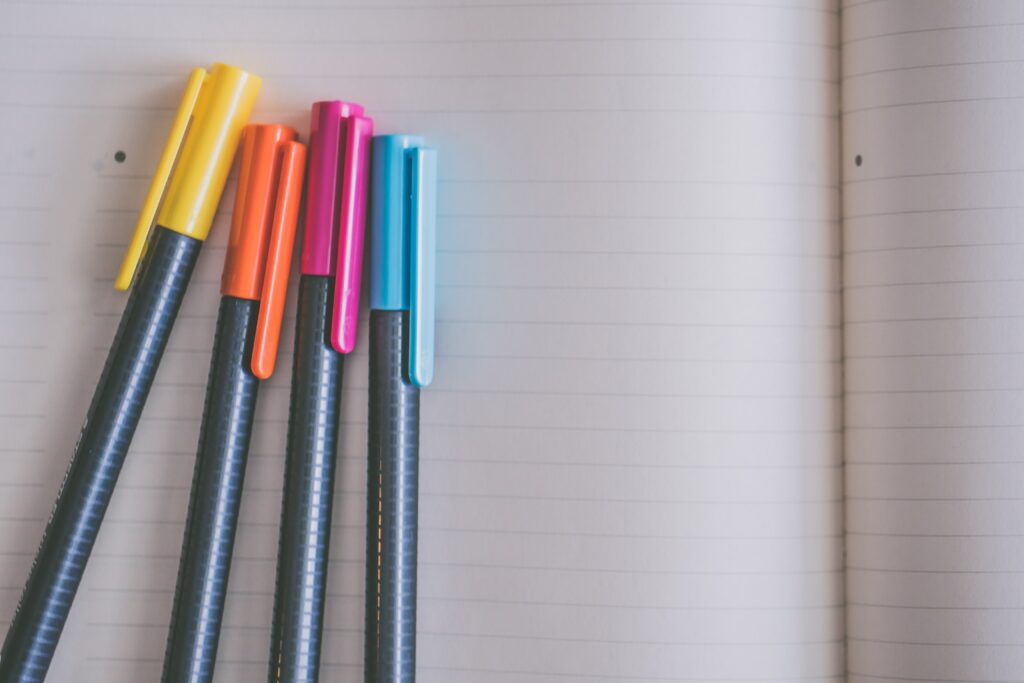
Remember, art journaling can’t replace seeking help from a professional mental health provider. If you are struggling with depression, anxiety, or any type of acute trauma, it is critical that you seek help from a physician and mental health expert.
However, I do believe that art journaling can be used as a form of therapy that you can do on your own since it allows for self-expression and self-discovery, which you also gain when you seek traditional psychotherapy.
By using journal prompts and experimenting with different art materials, you can explore your emotions and gain a deeper understanding of yourself.
Remember to approach your art journal with an open mind and a willingness to experiment, and most importantly, have fun!
Have you tried using an art journal for therapy? What was it like to try the art journal therapy ideas? Do you believe that art journaling can be used as a therapeutic tool? Please share your stories and comments below.
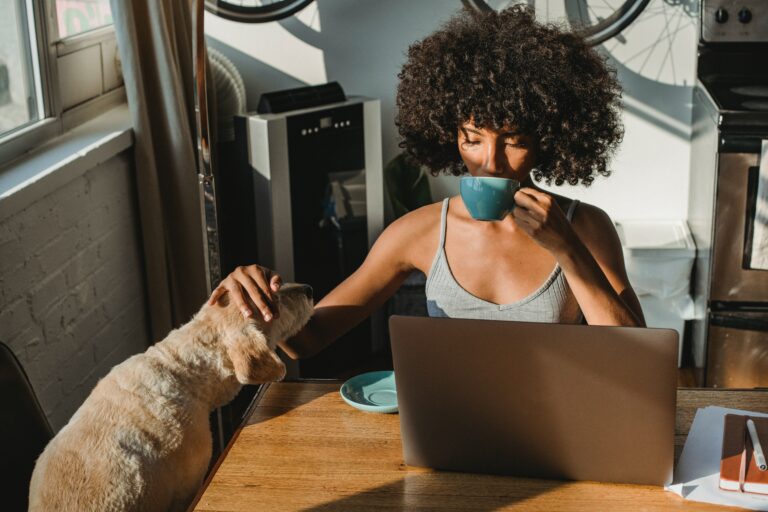
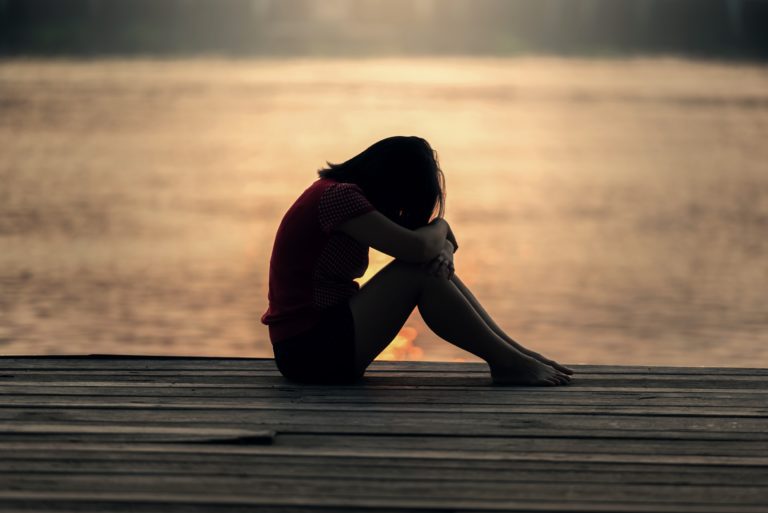


17 Responses
This is so interesting and such an amazing idea! I’m a really creative person but sometimes need guidance or prompts as to what to do, so these ideas for what to draw/create is amazing! Thank you for sharing!
Hey Katherine I’m exactly like you! I consider myself a creative person but sometimes feel stuck so the prompts have been super helpful!
I love to journal, but I have never thought about art journaling! This looks like a great way to help clear your mind and focus on your inner creative side.
Hey Catherine I love to journal too and this concept is new for me but ever since I’ve started art journaling I’ve activated this artistic side of me that I never thought existed!! It’s pretty cool!
What a fantastic idea! This seems like such am empowering and reflective process. As a person, mom, and teacher I see so many benefits!
Hi Lindsey thank you SO much!! It is an empowering and reflective process and activates a part of us that we may not know is there!
As a trauma-informed well-being writer, I write and speak about the benefits of journaling and trying to bring journaling tips that can benefit others on their healing journey. Given this, I really like the post and am glad to see others promoting journaling too. Thanks for sharing!
Hi Smiley I love all of your articles and value that you are trauma-informed and educate others about the importance of mental health. As a mental health professional myself, I have seen the benefits of journaling and since I work with teens, the art journaling has helped them extensively since they sometimes don’t feel comfortable writing down their thoughts/feelings and experiences. This is a new outlet and works wonders!
This is amazing! I didn’t realize that my dabbling in drawing feelings was actually a thing. Your prompts will definitely get use in the coming months. Pinning for future reference. Great info!
Hey Andrea I’m so happy to hear that you’ll use the prompts as suggestions in the future for your art therapy!
One of my favorite posts! I love how you explain what it is and how it helps before diving into the ideas. Love all the different ideas you’ve given. I look forward to reading more articles!
Hey Julie that’s such a lovely compliment. I’m so happy that there’s a clear explanation of what art therapy journaling is and ways to try it!
You could also apply this approach to writing. That is technically an art as well! Sometimes I have a major writing block and I think this article could help!
Hey Gabby I couldn’t agree more. As a fellow blogger, it can be really tough to have writer’s block and I agree that art therapy is similar to writing since that’s a creative outlet as well.
Great tips! You could also apply this approach to writing. That is technically an art as well! Sometimes I have a major writing block and I think this article could help!
I miss being in high school sometimes because I like art classes I wish colleges had art classes just for fun that is included in the price of college
Hey Jimmy I agree with you since doing art is so relaxing and therapeutic for us. I didn’t take art classes in college but I did take literature classes that were outside my major and loved them! Perhaps you can explore to see if there are art classes via adult education that are usually at community colleges and don’t cost much. My mom takes them and she loves the painting and watercolor classes.